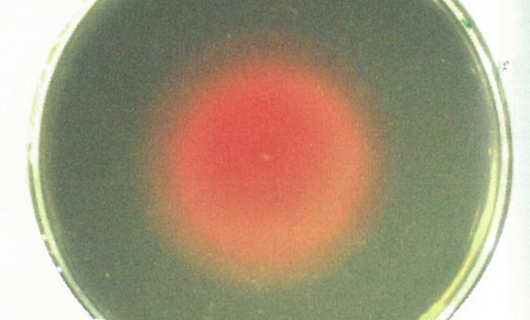Genomic Analysis of long-term Campylobacter colonisation

Campylobacteriosis is inflammation of the gastrointestinal tract as a result of Campylobacter infection. Most campylobacteriosis cases are acute and self-limiting, with Campylobacter excretion ceasing a few weeks after symptoms cease. Longer periods of excretion can arise from chronic, asymptomatic and subsequent infections. Multiple studies have investigated long-term Campylobacter excretion in animals, but few have investigated it in humans.
In a new paper published in the Journal of Infectious Diseases (https://academic.oup.com/jid/article/217/1/103/4584509), the authors used genomic and phenotypic testing to investigate a patient that had been continuously excreting Campylobacter for 10 years. Phylogenetics revealed that isolates collected from the patient were closely related, sharing a date of common ancestor around the same time the patient began suffering from daily episodes of diarrhoea. Phenotypic testing revealed that the patient that the Campylobacter had become resistant to antibiotics during periods of time that the patient was prescribed them and that there was selection for changes in motility genes. The authors concluded that the patient had been continuously colonised with Campylobacter for at least 10 years, and that the Campylobacter had adapted to colonisation by becoming resistant to the antibiotics prescribed and altering their motility.
The first author on this work is IDREC's Dr Samuel Bloomfield, who recently completed his PhD entitled "Transmission and evolution of bacteria during the course of enteritis outbreaks" under the supervision of Jackie Benschop, Patrick Biggs, Anne Midwinter, David Hayman, Jonathan Marshall, Phil Carter and Nigel French. The full paper citation is "Bloomfield SJ, Midwinter AC, Biggs BJ, French NP, Marshall HC, Hayman DTS, Carter PE, Thornley C, Yap R, and Benschop J (2017). Long-term colonization by Campylobacter jejuni within a human host: evolution, antimicrobial resistance and adaptation. Journal of Infectious Diseases, 217, 103-111"